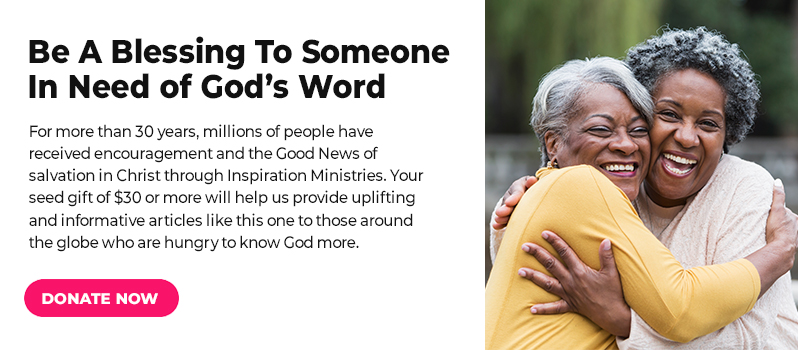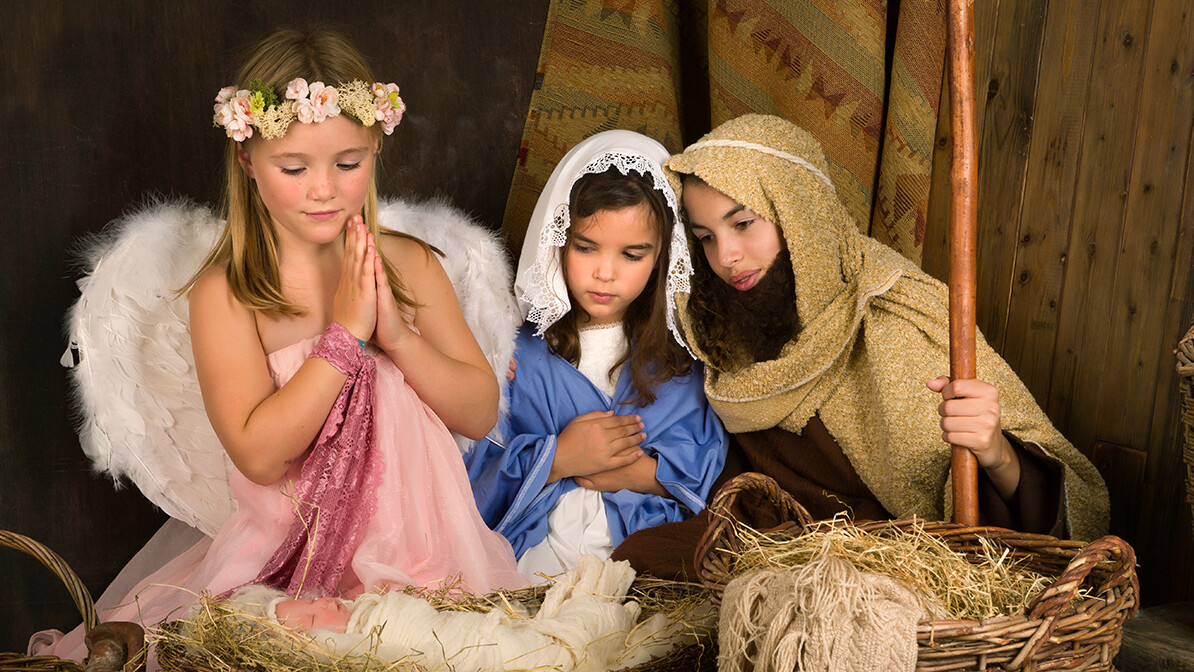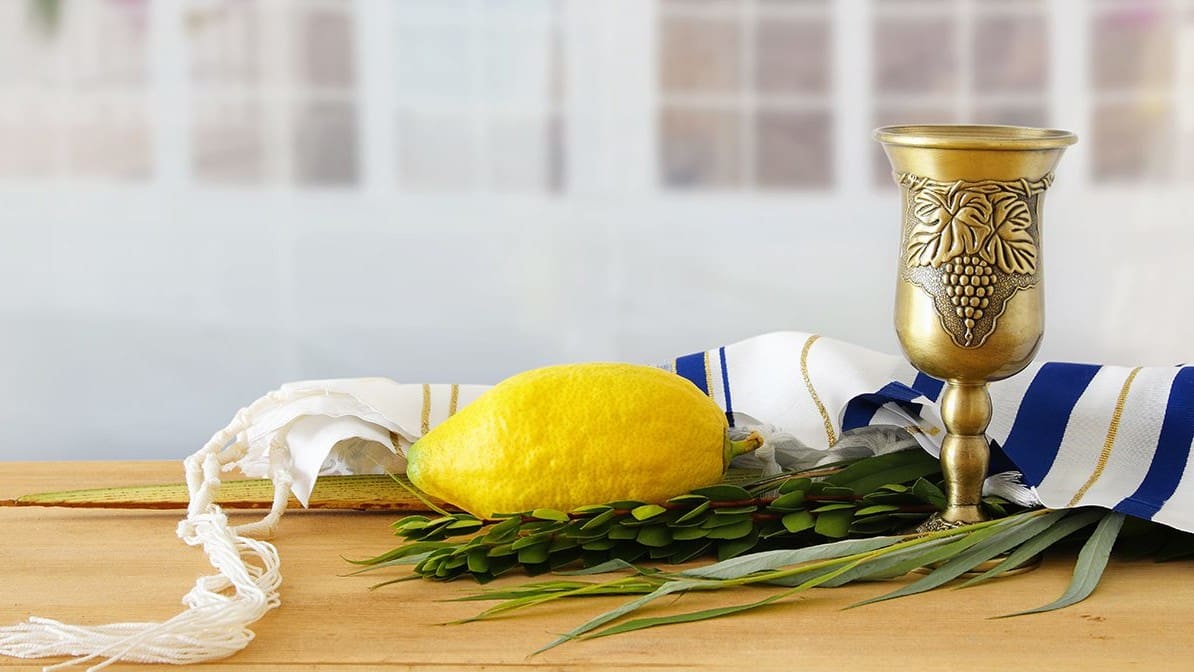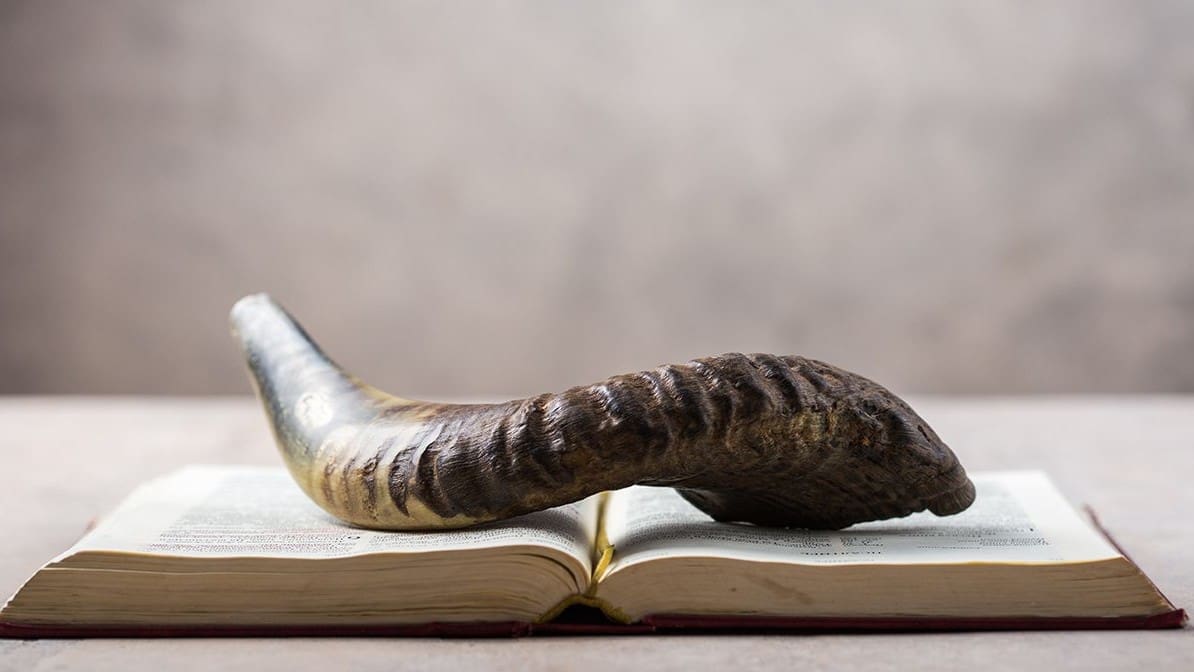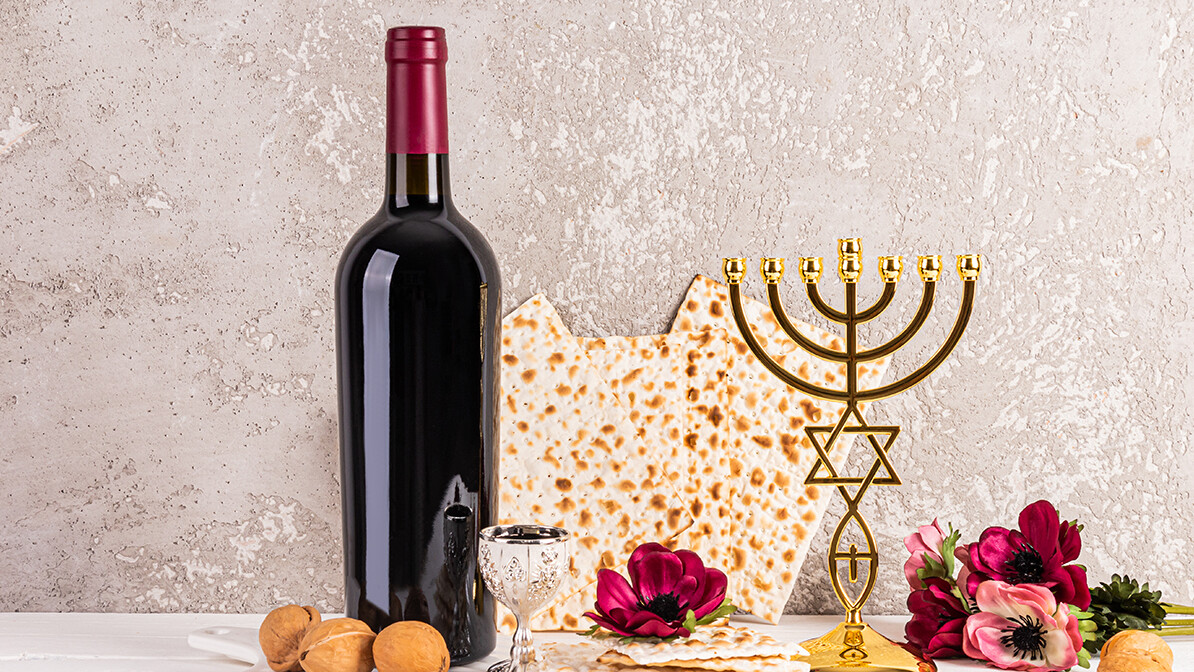
The Red Thread of Redemption Woven Through the Feasts
Discover the red thread of redemption woven through the feasts—how God’s appointed times reveal His plan and point to Jesus.
The Biblical Feasts: A Story of Redemption
You want to know how God’s appointed times reveal His plan and point to Jesus as the fulfillment of Scripture? Discover the red thread of redemption woven through the feasts.
These celebrations are not just about Jewish food and customs. They are about something much bigger. They are about the greatest story ever told—a story of rescue, love, and redemption, woven throughout the pages of the Bible. And do you know the best part? Each of these celebrations points to the Messiah, the One God promised to send.
Passover (Pesach): The Blood of the Lamb
Let’s start with Passover. This feast takes us back thousands of years to Egypt, where the Jewish people were slaves. They cried out to God, and He sent Moses to lead them to freedom. But Pharaoh, the king of Egypt, would not let them go. So God sent 10 plagues, and the last one was the most terrible—the death of all the firstborn people and animals.
But listen to this: God gave the Israelites a way to be saved. He told them to take a spotless lamb, kill it, and put its blood on their doorposts. That night when the angel of death passed through Egypt, he passed over every house with the blood of the lamb. The people inside were safe.
Now, doesn’t that sound familiar? Many years later, Jesus—Yeshua, as we say in Hebrew—came as the Lamb of God. He shed His blood on the cross so that we, too, could be saved from death, not just for a night, but forever (John 1:29 ESV).
The next day he saw Jesus coming toward him, and said, “Behold, the Lamb of God, who takes away the sin of the world!
The Feast of Unleavened Bread (Hag HaMatzot): A Sinless Life
The very next day begins the Feast of Unleavened Bread. When the Jews left Egypt, they had to leave quickly—no time to let their bread rise. So, for a whole week, they eat bread with no yeast, called matzah.
But there’s a deeper meaning, too. Yeast, or leaven, often represents sin. Jesus was without sin, completely pure. Just as matzah is made without leaven, He lived a life without sin (John 6:35; 1 Corinthians 5:7 ESV).
The Feast of Firstfruits (Reishit): A Promise of New Life
Three days after Passover, we celebrate Firstfruits. In ancient times, the Israelites would bring the first sheaf of the harvest to the Temple as an offering to God. It was a way of saying, “Thank You, Lord, for what You have given, and we trust You to provide more.”
Do you see the connection? Three days after Jesus was crucified, He rose from the dead! He was the first to rise, but He won’t be the last. Because of Him, all who believe will one day rise, too (1 Corinthians 15:20).
Pentecost (Shavuot): The Gift of the Law and the Holy Spirit
Fifty days later comes Pentecost, or Shavuot. This was the day God gave Moses the Law on Mount Sinai. Fire, smoke, thunder—God’s presence was there.
Now, fast forward many years. Fifty days after Jesus’ resurrection, something amazing happened. His followers were together when suddenly, the Holy Spirit came upon them like flames of fire! Instead of writing His Law on stone tablets, God wrote it on their hearts (Acts 2:1–4).
The Feast of Trumpets (Rosh Hashanah): A Call to Repentance
Now we move to the fall feasts, starting with the Feast of Trumpets, or Rosh Hashanah. This is the civil Jewish New Year, but it’s more than just a celebration. It’s a wake-up call!
In ancient times, the priests would blow the shofar, a ram’s horn, as a call to repentance to remind people that God will judge the world. The Bible tells us that one day there will be another trumpet sound—the trumpet of God—when Jesus returns to gather His people (1 Corinthians 15:52).
The Day of Atonement (Yom Kippur); The Ultimate Sacrifice
Ten days later comes Yom Kippur, the most solemn day of the year when the high priest entered the Holy of Holies in the Temple and made atonement for the people’s sins. He sprinkled the blood of a spotless animal before God.
But here’s the incredible part—Jesus is our High Priest! He didn’t just offer an animal’s blood; He offered His own. And when He died, the thick curtain in the Temple—what separated God’s presence from the people—was torn in two. Now, we can come directly to God through Jesus (Hebrews 9:12).
The Feast of Tabernacles (Sukkot): God With Us
Five days later, we celebrate Sukkot, or the Feast of Tabernacles. For a week, we build little huts outside and eat our meals there. This reminds us of how God provided for our ancestors when they wandered in the wilderness.
But it also points forward to something even greater. Do you remember what one of Jesus’ names is? Immanuel—“God with us.” (Isaiah 7:14 ESV):
Therefore the Lord himself will give you a sign. Behold, the virgin shall conceive and bear a son, and shall call his name Immanuel.
The Story Comes Full Circle
Do you see now how everything fits together? These feasts are not just old traditions; they are pictures of God’s perfect plan. Passover points to the cross. Pentecost points to the Spirit. Trumpets point to Jesus’ return.
And one day, the final feast will come—not one on earth, but the great wedding feast of the Lamb in Heaven, where all who trust in Jesus will celebrate with Him forever (Revelation 19:9).
So the story of redemption is not just a Jewish story or a Christian story—it’s God’s story, written for all who have ears to hear and hearts to believe.
For Further Study
Think Jesus came to abolish the feasts and the Law? Nope! All the Old Testament points to Jesus Christ as being the consummation of the Law and the Old Testament covenants. He did not come to abolish the Law, but to fulfill it, as He explains:
Don’t misunderstand why I have come. I did not come to abolish the law of Moses or the writings of the prophets. No, I came to accomplish their purpose (Matthew 5:17 NLT).
Read more of the Passover story in Exodus 12.
Exodus 13 gives the background for the first Feast of Unleavened Bread.
Quick Overview Chart
| Jewish Holidays | English Titles | Purpose | Fulfillment in Jesus | Time of Year |
| Pesach | Passover / the Last Supper, Communion | Commemorates God’s deliverance of the Israelites from Egypt | Jesus is our perfect Passover Lamb | March–April |
| Hag HaMatzot | Unleavened Bread / Crucifixion | Day after Passover. Eat unleavened bread to represent escape from Egypt and cleansing from sin | Jesus is the Bread of Life, Jesus is sinless | March–April |
| Reishit | Firstfruits / Resurrection Sunday | Offering given for the first spring barley harvest | symbolizes Jesus’ resurrection | March–April |
| Shavuot | Pentecost | Commemorate giving of the law (beginning of the nation of Israel) | beginning of the church (Acts 1–2) | May–June |
| Rosh Hashanah | Feast of Trumpets / Civil New Year | Beginning of the Jewish civil new year | Sometimes called Day of Judgment. Jesus has authority to judge people. God’s book of life has names of all believers. Trumpets are also associated with the rapture. | September–October |
| Yom Kippur | Day of Atonement | Most holy day when the high priest makes atonement for the sins of the people (Leviticus 23:26-32) | Jesus made the final, permanent atonement for us on the cross. The veil in the Temple tore in half. Christ as our High Priest is always accessible (Hebrews 9:12). | September–October |
| Sukkot | Feast of Tabernacles / Booths | Remembers living in tents during the 40 years of wandering in the wilderness (Leviticus 23:33-36). Celebrated for 7 days. | Represents the final harvest of believers who will be gathered to share the blessings of God’s Kingdom (Zechariah 14). Jesus is the living water. Jesus is the light of the world. | September–October |
…
Explore more about the three spring feasts, how they’re connected to each other, and how they’re connected to Christianity in the article “More Than Just Passover.”
Curious about how to celebrate the Feast of Tabernacles today? Check out this article.
Leviticus 23 lays out all of the original appointed times when God wants to meet with His people.
Inspiration Ministries also has a complete playlist put together of videos on the feasts. Check it out here!
Trending Now
Sign up today for your Inspiration Today Daily Newsletter
Supercharge your faith and ignite your spirit. Find hope in God’s word. Receive your Inspiration Today newsletter now!
Bethany LaShell
Bethany S. LaShell is a Writer and Editor for Inspiration Ministries. She also writes for other Christian websites, magazines, and books. Bethany is also a tutor, former college professor and high school teacher, veteran homeschooler, and speaker. In her BC (before children) days, Bethany was a social worker and still loves to help people.
She lives in South Carolina with her cats where she enjoys kayaking, hiking, music, and hanging out with friends while she waits for her kids to come to visit.
Related Articles
November 11, 2025
Love, Sacrifice, and the Price of Freedom: Honoring Our Veterans
Veterans Day is more than a national holiday—it’s a sacred moment to reflect on the love, duty, and…
October 14, 2025
More Than a Christmas Story
The resurrection of Jesus is more than a Christmas story—it’s the foundation of our faith and the…
October 12, 2025
Celebrate a Time of Harvest
As the Feast of Tabernacles reminds us of God’s presence in the wilderness and His promise of…
October 8, 2025
Tabernacles: Your Appointed Time for Breakthrough
"Tabernacles: Your Appointed Time for Breakthrough" is a reminder that this feast season is more…
Next Steps To Strengthen Your Walk
Inspiration Today Newsletter
Supercharge your faith and ignite your spirit. Find hope in God’s word. Receive your Inspiration Today newsletter now!
Christian Articles
Find articles to strengthen your walk and grow your faith. We have a wide range of topics and authors for you.
Submit A Prayer Request
We are here for you. Simply click on the button below to reach us by form, email or phone. Together we will lift our hearts and voices with you in prayer.

